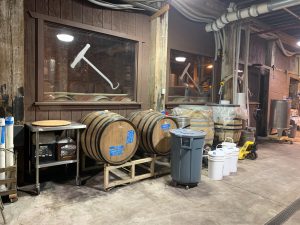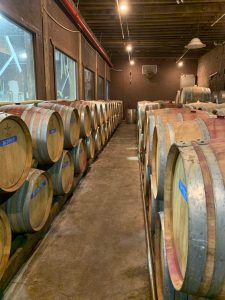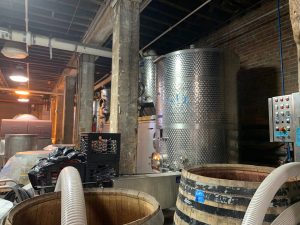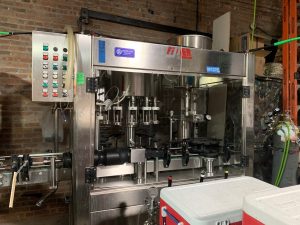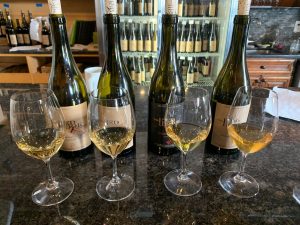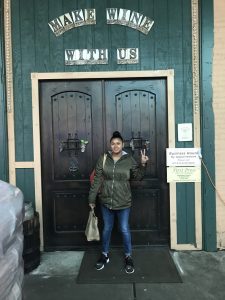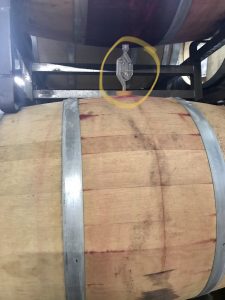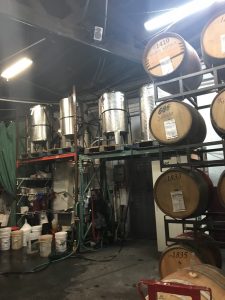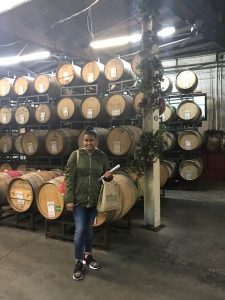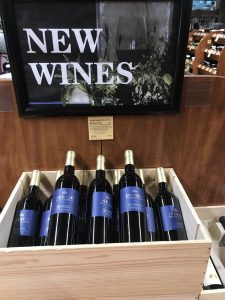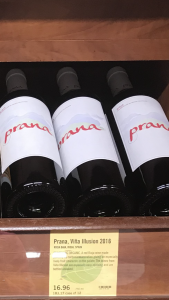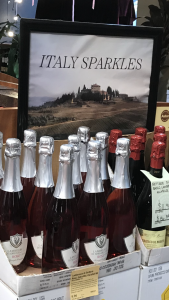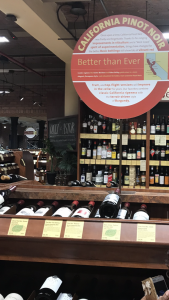When someone is thinking about a winery, usually there’s an image of a vineyard accompanying the thought. Rows of vines, sprawled across the field with hills overlooking the horizon. Red Hook Winery, located in Brooklyn, New York, tells a different story. They are the only winery in the metropolitan area. As a result, they acquire their ingredients from outside sources due to the inability to grow their own.
Red Hook Winery was founded in 2008 by Mark Snyder, with the goal of using and highlighting quality vineyards of New York, running from North Fork Long Island all the way upstate to the Finger Lakes. Everyone knows about Californian wines, Napa and Sonoma Valley- but New York? Sure, there are a few AVAs out there, but there isn’t a solid reputation or style of wine when asked about New York wines. Through different acquisitions and innovative processes, Red Hook Winery is changing that.
Red Hook Winery is considered a négociant; all of the grapes they use are obtained from grape growers around the state. Trips are made as often as needed, or they have it shipped to them. The grapes are stored on premise, or at the warehouse in New Jersey. Viticultural and vinification practices aren’t a concern; they want to showcase each vineyard’s attributes. Grape varieties are abundant, since they are sourced from many places. Many bottles are made from Cabernet Franc, Riesling, Sauvignon Blanc, and so on. Pinot Noir is a tricky one; because of the humidity in Long Island, it’s very hard to grow. It’s not as difficult in the Finger Lakes, however, because of the sparsity, seldom do they sell that variety when they have it.
There are three winemakers at Red Hook; Christopher Nicolson, Abraham “Abe” Schoener, and Robert “Bob” Foley. Each winemaker has their own unique history in the industry and cultivates their own styles in their wines. Chris focuses a lot on the process of making wine, to bring out the characteristics of the grapes relative to the time and place it’s from. Abe and Bob have a more philosophical approach to their work: low intervention, no new wood, minimal sulfite addition. It’s amazing how they can all use the same grape variety from the same source yet produce such different styles of wine.
When first entering the winery, you see a shelf featuring staff picks of the week and one with bottles for purchasing. Towards the left side is a cozy seating area for those who want to sit and enjoy. On the right is the bar that stretches on the side all the way to the back. Against the back wall you can see the barrel room, and a door leading to the winery. The back room is where all the magic happens; destemming, pressing, fermenting, and bottling. Most of their equipment are mobile, due to the amount of space they have. Planted against the wall are stainless steel tanks; these are used when they want a more pure and clean wine. The other space in the back is the barrel room; all the wines are stored here. The barrels are reused as often possible, and most of them are French neutral medium toast, helping in the malolactic fermentation for a more rounded, elegant and natural finish.
The winery room itself is nothing special. If I may say, it looks a little underwhelming. However, the production from that room is something else. When I did the tastings, each winemaker’s wine was so different; it’s hard to say that a Sauvignon Blanc from Chris is similar to Abe’s or Bob’s. What this place is doing is distinct; localizing ingredients, showcasing terroirs from different areas in New York in their works. Their wines are less costly than others, but with the quality you’d get from other regions. Soon, New York wines will be recognized at a different, more elevated level, and Red Hook Winery is one of the firsts to help achieve that mission.
References:


